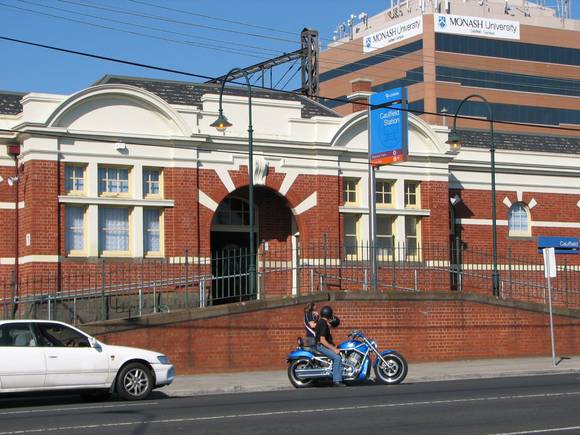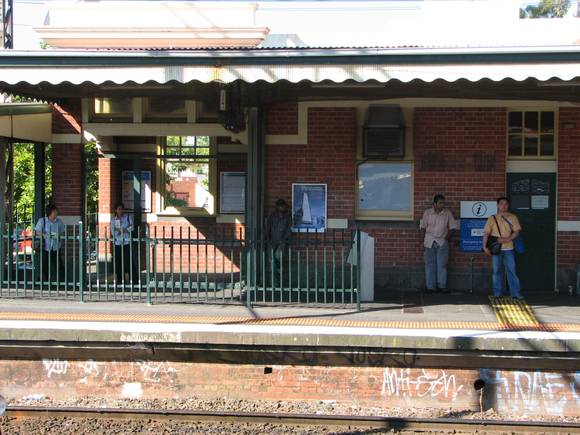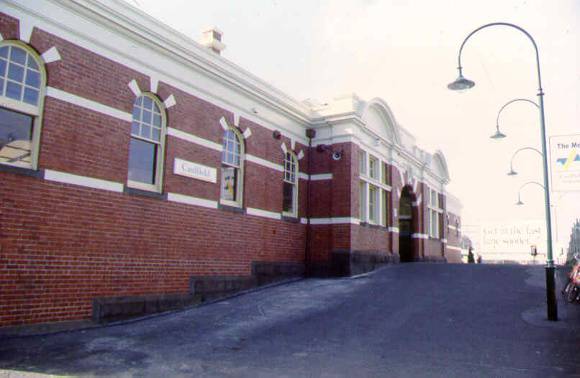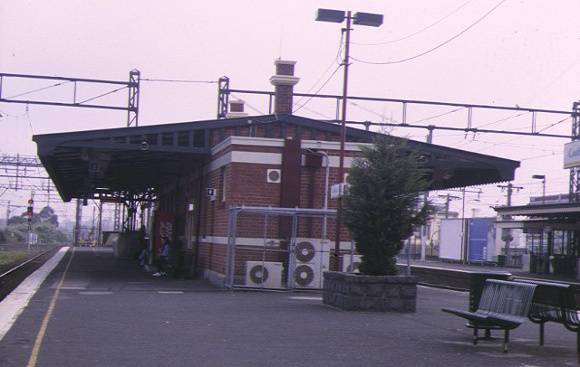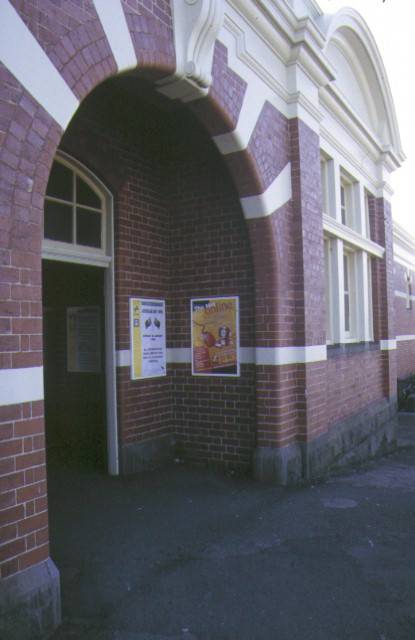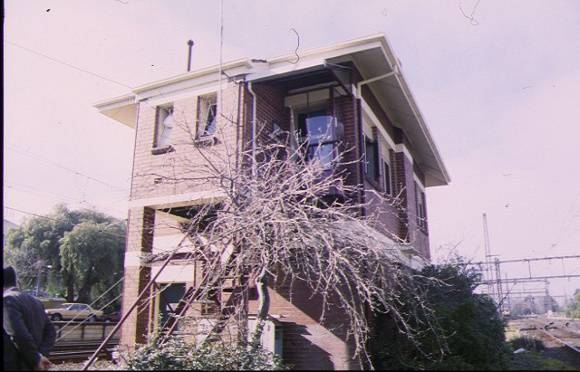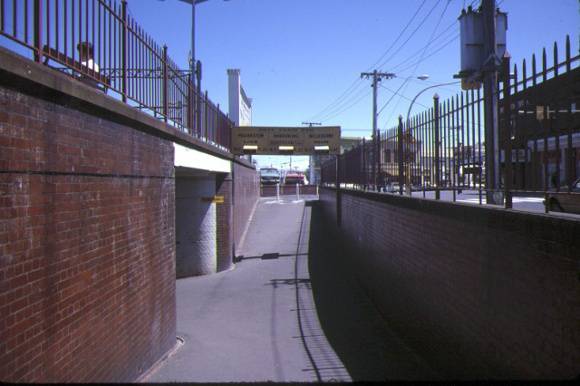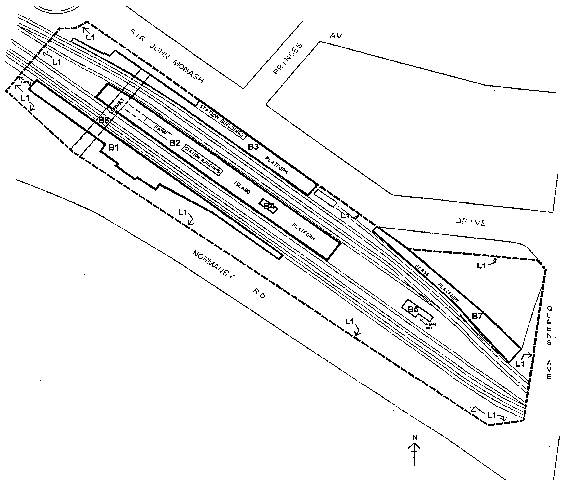| Back to search results » | Back to search page » |
|
CAULFIELD RAILWAY STATION COMPLEX
Location1 SIR JOHN MONASH DRIVE CAULFIELD EAST, GLEN EIRA CITY
File Number603976LevelRegistered |
|
Statement of Significance
What is significant? Caulfield Railway Station was opened with the line to Oakleigh in 1879. The first station buildings were erected on the site in 1881 and 1883. The current station was constructed in 1913-14 to provide improved and additional facilities to what had become an increasingly busy and important location on the train network. JW Hardy the chief architect of the Victorian Way and Works branch was responsible for its design. The Caulfield Railway Complex consists of four passenger platforms, horse platform, subway, three principal station buildings, a former lamp/store room and a signal box. The station buildings are of red brick with render banding. Distinct architectural features of the three station buildings include ornate parapets and radiating bands of render around the arched openings. The platforms are shaded by cantilever canopies which are supported by curved I beams and clad in corrugated iron, with a ripple iron valance. Fittings that have been retained and probably dating from 1914 include the timber palisade gates, a female toilet, timber seating, ticket office fittings on platform 4 and a drinking fountain on platform 1. The signal box was constructed c.1920 and is also of red brick. It has a tiled hip roof and retains the fittings in the signal room. How is it significant? Why is it significant? The Caulfield Railway Station Complex is of social and historical importance for its role as a point of arrival and departure for horses and patrons of the Caulfield Racecourse. The complex is important for its potential to yield information on the changing nature of railways, locomotive technology and public transport use in Victoria, being an excellent intact example of the type of stations constructed immediately preceding the First World War. Because of its retention of detail, the station provides valuable insights into social attitudes and railway practices at the time it was constructed. The Caulfield Railway Complex demonstrates the expansion of Melbourne, the settling in the suburbs and in particular the establishment of Caulfield as a major metropolitan centre. The construction of a larger station in 1914 represents a boom period in the history of Caulfield.
The Caulfield Railway Station Complex is of architectural, aesthetic, social and historical importance to the State of Victoria.
The Caulfield Railway Station Complex is of architectural and aesthetic importance as an imposing Federation Free Style complex, and is an important example of the work of Victorian Way and Works Architect JW Hardy. Details of note include, cement render banding terminating in a radiating design around the archways and an undulating parapet design. The horse platform, though physically undistinguished, is a rare structure of its type. The station is an excellent representative example of a Railway Complex of the era as it contains numerous intact structures as well as objects thought to be contemporary with the buildings. These objects include the female toilet and drinking fountain on platform 1, timber seats and palisade gates. The buildings demonstrate the early use of reinforced concrete in the lintels, slabs to floors and ramps.
Group
Transport - Rail
Category
Railway Platform/ Station


